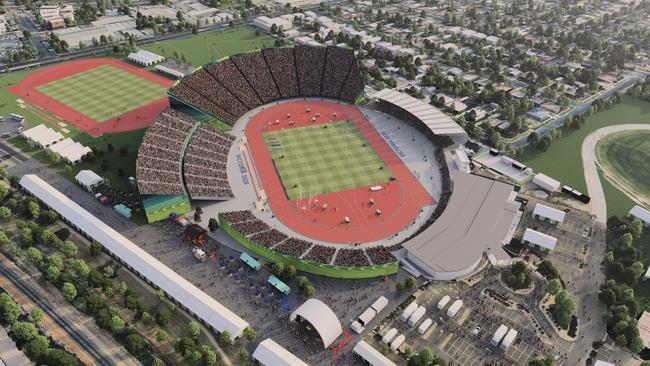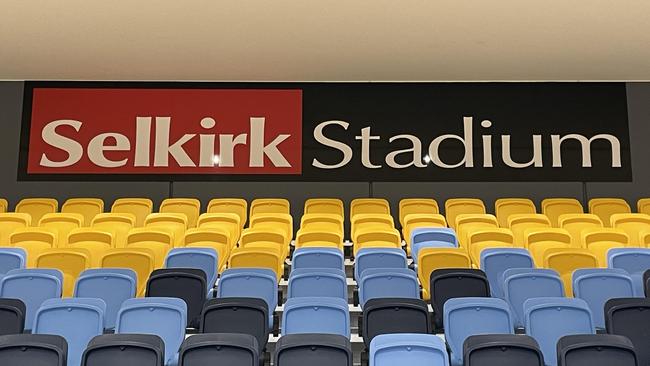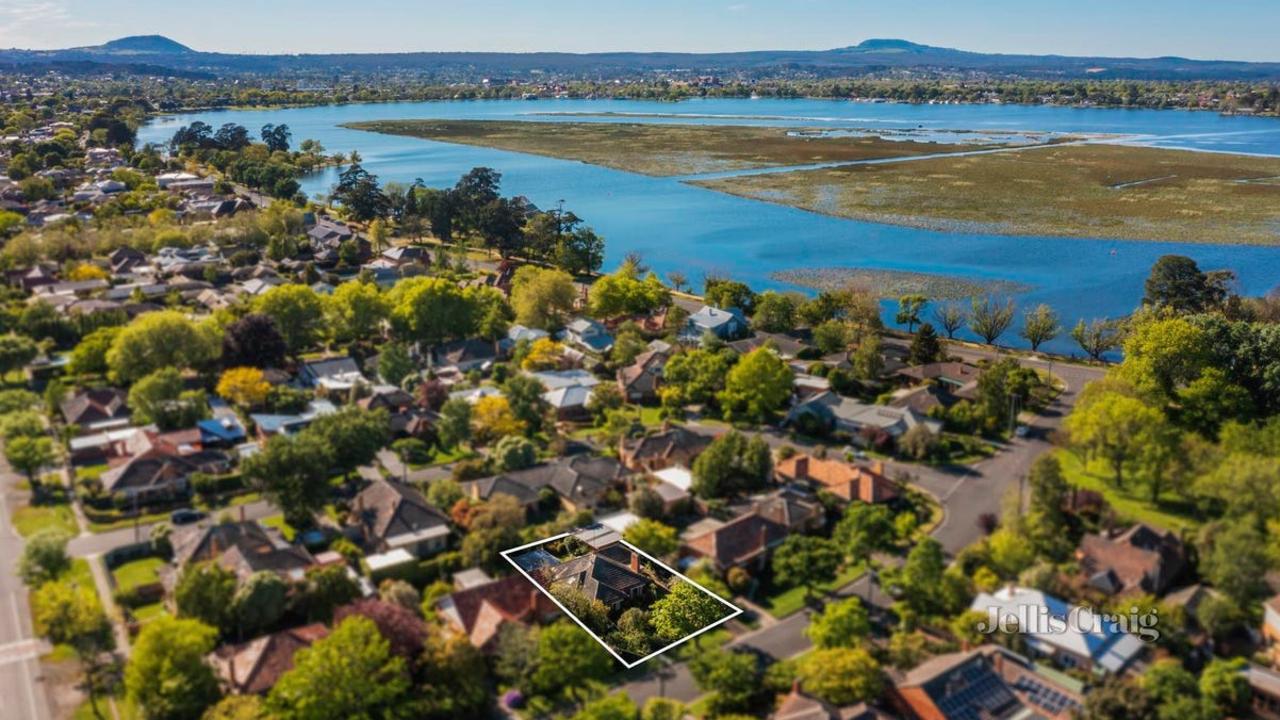Permanent infrastructure top priority for regions in Commonwealth Games
Regional Victoria’s 10 largest areas have come together to outline what they want from the upcoming Commonwealth Games for the community. Find out what they are after.
Ballarat
Don't miss out on the headlines from Ballarat. Followed categories will be added to My News.
City of Ballarat mayor Des Hudson firmly believes it is vital infrastructure built for the upcoming Commonwealth Games in regional Victoria is as permanent as it can be to create a long-lasting legacy.
Regional Cities Victoria, comprising of the top-10 municipalities outside of Melbourne, has outlined the priorities it hopes are implemented by the Victorian government as a way of creating a legacy from the Games, which will be held in 2026 in five areas – Ballarat, Bendigo, Geelong, Shepparton and Latrobe/Gippsland.
It’s also been endorsed by all 10 mayors in the municipalities.
The RCV has outlined 12 priorities it wants delivered, during and after the Games to make sure the whole of regional Victoria can benefit from it.
This includes spending $2 million for each regional city, who hosts, to repair or upgrade sporting facilities as they see fit and also the allocation of $60 million, $30 million each, to create parkland and upgrade existing open spaces and create a tourism campaign to attract people to the regions during the event.
Other policies include making the event carbon neutral, creating cultural activities and events across the regions during the event and for the Games to provide an opportunity for regions to hosts countries competing ahead of the Games.
The RCV also wants the Games to deliver back to the community with the baton relay to visit all 10 areas, and for the baton to be designed by an indigenous artist from the region.

Finally, all equipment used at the games to be given to local sporting clubs after the event.
The organisation also wants regional businesses to be given all opportunities to help create the Games.
“I don’t think what we are asking in there is going off in a completely different direction that makes it difficult for Government,” Cr Hudson said.
“It is complementary of what they are trying to do but it just crystallises it a little bit more for some key outcomes that we think would be part of the legacy.”
Mayor Hudson said the key priorities for Ballarat included tourism funding and the chance for the city to host a country competing in the lead up to the Games.
The other importance for Cr Hudson is making sure the facilities built can be used for longer than just the Games.
There have been comments recently some venues for the Games will be temporary and not able to be used following the event.
Cr Hudson has made it clear he doesn’t want it to happen and the ‘intention and expectation’ is for venues to be permanent.
But there are issues currently.
The warm up track, which will be built alongside Mars Stadium for the Games, is set to replace Llanberris athletics track but the council is unsure of what the track will look like when the Games are done.

Hudson said making sure the warm up track can be used for the athletics area after the games is of top priority.
“It’s more what value we get from the warm up track as being the future home of athletics and that we can transition to that new site and make sure we get it fit for purpose not just for the Commonwealth Games but it is the brand new home of athletics in Ballarat,” he said.
“(We want it to be) high profile, high visibility, a major precinct in the sports precinct, that’s the legacy we are looking for.”
Cr Hudson added they will be advocating to make sure a train platform is situated at North Ballarat as part of the upgrades to the train service in Ballarat, which will allow access to Mars Stadium and other areas once the Games are finished.
He was also comfortable with what was happening at Mars Stadium.
The stadium will be transformed into a 30,000 seat stadium for the Games before reverting back to 15,000, with 10,000 permanent seats, for other sporting events and concerts after the event.
“The bigger the stadium you go, post event the more legacy we have to maintain it,” he said,
“We don’t have the business for a 30,000 permanent seating stadium for Mars at this moment in time.
“The 5000 permanent seats is about the sweet spot.
“It gives us the ability not only for more Bulldogs games but for music events.
“Becomes a multi use facility.”
In relation to the saleyards, at this stage there are challenges on the site.
Hudson said the current site is in the hands of the state government, which will help to get the build started as they can clear the King’s caveat and the contamination issues with the site.
“Understanding what the legacy would be on the site, there are challenges on the site,” he said.
“But with housing there are complexities around what it would look like.
“So that’s something that does need to be well thought through and what happens post games.
“And what the mix is of permanent and potentially temporary or relocatable (housing).”
One thing is for sure, Hudson is confident the Government will deliver on their funding and what has been promised so far.
“I’m still very comfortable the state government is on track to deliver what they are saying,” he said.
“We had already been announced (last year) that 150 million dollars is coming for Mars Stadium and 50 million dollars for the train station.
“We’ve already had Minister Allen in Ballarat out at Miners Rest talking about investment in the two alternative playing surfaces for the disruption to the current tenant (North Ballarat) at Mars Stadium.
“Those projects will evolve and be funded through and worked through.”




